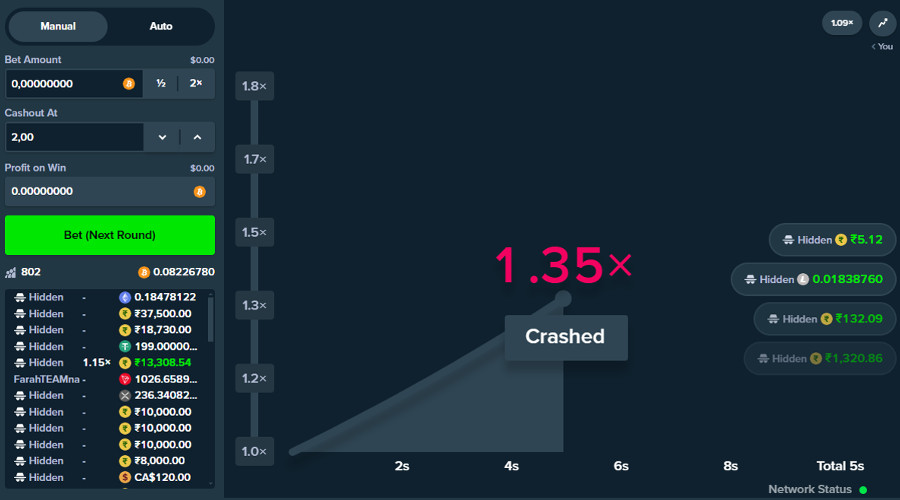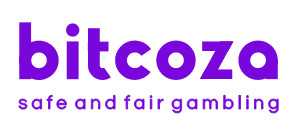Crash gambling games have emerged as one of the most engaging innovations in online betting, combining split-second decisions with potentially lucrative rewards. At their core, these games present players with a deceptively simple challenge: watch a multiplier climb higher and higher, then cash out before it crashes to zero. While the concept appears straightforward, mastering these games requires a detailed understanding of probability, risk management, and psychological control. The growing popularity of crash games has sparked intense debate within the gambling community about their mechanics, strategies, and the fine line between skillful play and pure chance.
Key Takeaways
- Crash games involve betting on a multiplier that increases until randomly crashing, with players aiming to cash out before the crash.
- Players win by withdrawing their bet before the crash point, with multipliers typically ranging from 1.00x to over 100.00x.
- Games use provably fair algorithms to determine crash points, ensuring transparency and randomness in gameplay outcomes.
- Different variations include Classic Crash, Aviator Style, and Rocket Crash, each offering unique visuals and betting features.
- House edge of 3-5% ensures operator profitability while maintaining fair gameplay mechanics for players.

How Crash Games Work?
Key mechanics of crash games:
- Players must cash out before the crash occurs to secure their winnings
- The multiplier increases at a steady rate, typically showing two decimal places
- Each round has a random crash point determined by a provably fair algorithm
- Games can crash at 1.00x or potentially continue beyond 100.00x
The mathematical model behind crash games uses a house edge, typically between 3-5%, ensuring long-term profitability for operators. Players can view their potential profit in real-time as the multiplier increases, calculated by multiplying their initial stake by the current multiplier.
Strategy options include:
- Manual cash-out based on player judgment
- Auto cash-out at predetermined multiplier values
- Multiple betting options across consecutive rounds
- Bankroll management through bet sizing controls
Understanding Game Mechanics and Strategy
Key Strategic Elements:
- Bankroll Management – Setting strict limits on bet sizes (typically 1-2% of total funds)
- Risk Assessment – Evaluating multiplier targets based on historical crash points
- Pattern Recognition – Analyzing game history to identify potential trends
- Exit Strategy – Establishing predetermined cash-out points
Effective gameplay strategies include:
- Progressive Betting – Gradually increasing bets after wins while maintaining safe limits
- Conservative Multipliers – Targeting lower multipliers (1.5x-2x) for consistent small wins
- Data Analysis – Tracking game statistics to inform decision-making
- Stop-Loss Limits – Setting maximum loss thresholds per session
Players should focus on:
- Maintaining emotional control during gameplay
- Understanding probability principles
- Recognizing that each round is independent
- Avoiding common pitfalls like chase betting
- Implementing consistent risk management protocols
Success requires disciplined execution of these fundamental strategies while adapting to changing game conditions.

Managing Your Bankroll
Effective bankroll management serves as the foundation for sustainable crash gambling, requiring players to implement strict controls over their betting capital. This involves setting clear limits, maintaining discipline, and following established guidelines for responsible betting practices.
Key Bankroll Management Guidelines:
- Set a fixed budget for gambling activities and never exceed it
- Limit individual bets to 1-2% of your total bankroll
- Track all wins and losses meticulously
- Establish stop-loss limits for both single sessions and daily activities
- Withdraw a portion of significant wins rather than reinvesting everything
Risk Management Strategies:
- Divide your bankroll into smaller session amounts
- Never chase losses by increasing bet sizes
- Maintain separate gambling and personal finances
- Set profit targets and stick to them
- Take regular breaks to assess performance
Proper bankroll management helps players maintain control while extending their playing time and protecting their financial resources. By implementing these strategies, players can approach crash gambling more systematically and reduce the risk of significant losses. Remember that consistent, smaller bets typically yield better long-term results than aggressive betting patterns.

Popular Crash Game Variations
Crash gambling has evolved into several distinct variations across online platforms, each offering unique features while maintaining the core multiplier-based gameplay mechanic. These variations cater to different player preferences while preserving the fundamental thrill of timing-based cash-out decisions.
The most prevalent crash game variations include:
- Classic Crash – Features a simple ascending line graph with multiplier values, allowing players to manually cash out or set auto cash-out points
- Aviator Style – Incorporates an animated airplane that flies upward, representing the multiplier curve, with improved visual engagement and social betting features
- Rocket Crash – Utilizes a rocket ship animation climbing higher, often including additional betting options and side missions

Each variation maintains transparent house edges and provably fair systems, ensuring game integrity across platforms. Modern crash games frequently implement multiple betting positions, allowing players to place concurrent wagers on different multiplier targets. Some versions incorporate chat features, betting history statistics, and trend analysis tools to improve the gaming experience. Platform-specific innovations continue to emerge, introducing new visual themes and mechanical tweaks while preserving the fundamental crash game framework.
Risk Factors and Warning Signs
Understanding the risk factors and warning signs associated with crash gambling is crucial for both players and operators.
Key Risk Factors:
- Chasing losses through increased bet sizes
- Playing with borrowed money or credit
- Spending more time gambling than intended
- Neglecting work or personal responsibilities
- Using gambling as an escape from problems
Warning Signs to Monitor:
- Consistent betting beyond personal financial limits
- Inability to stop playing in spite of mounting losses
- Lying about gambling activities to others
- Experiencing anxiety when not playing
- Developing a preoccupation with crash gambling strategies
Preventive Measures:
- Set strict deposit limits before starting play
- Establish clear time boundaries for gaming sessions
- Track all gambling expenses meticulously
- Maintain separate accounts for gambling funds
- Use platform tools for self-exclusion when needed
Risk Management Steps:
- Regular assessment of gambling patterns
- Documentation of wins and losses
- Implementation of cooling-off periods
- Consultation with gambling support services
- Development of alternative leisure activities
Players should regularly evaluate their gambling behavior and seek professional assistance if warning signs become apparent.



